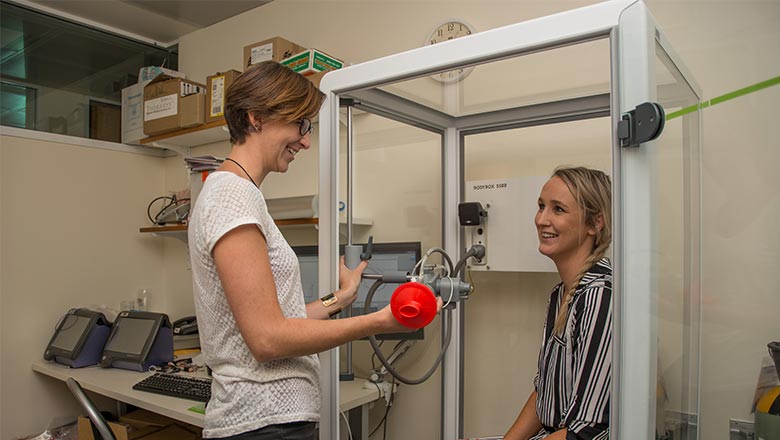Search
Research
Preterm birth and exercise capacity: what do we currently know?The long-term cardiopulmonary outcomes following preterm birth during the surfactant era remain unclear. Respiratory symptoms, particularly exertional symptoms, are common in preterm children. Therefore, cardiopulmonary exercise testing may provide insights into the pathophysiology driving exertional respiratory symptoms in those born preterm. This review aims to outline the current knowledge of cardiopulmonary exercise testing in the assessment of children born preterm in the surfactant era.
Research
Risk factors for poorer respiratory outcomes in adolescents and young adults born pretermThe respiratory outcomes for adult survivors of preterm birth in the postsurfactant era are wide-ranging with prognostic factors, especially those encountered after the neonatal period, poorly understood.
Research
Oscillometry: clinical significance and applicationsRespiratory oscillometry (or the forced oscillation technique) is a highly practical lung function test that can be applied in a wide range of clinical scenarios in children and adults, including the clinic, intensive care unit, patient home monitoring and emergency departments. Oscillometry measurements complement spirometry in detecting abnormal lung function, measuring effects of treatment such as inhaled corticosteroids or bronchodilators, and changes due to disease activity.
Research
Defining the appropriate waiting time between multiple-breath nitrogen washout measurementsThis letter addresses the recommendations by the American Thoracic Society & European Respiratory Society in 2005, that patients must wait 15-60mins between...
Research
Effects of adopting the new global lung function initiative 2012 reference equations on the interpretation of spirometryThe aim of this study was to document the likely interpretative effects of changing from commonly used current spirometry reference equations to the GLI2012...
Research
Novel end points for clinical trials in young children with cystic fibrosisCystic fibrosis (CF) lung disease commences early in the disease progression and is the most common cause of mortality.
Research
Early detection of lung function abnormalities in young children with cystic fibrosisIn this review, we have examined the role of lung function testing in infants and preschool children with CF.


News & Events
Annual Community Lecture: You Are What You BreatheJoin us for our Annual Community Lecture entitled "You Are What You Breathe" with Professor Stephen Holgate.

News & Events
Researchers urge caution in how asthma test is usedResearchers are urging caution in the use of a widely accepted test for diagnosing asthma, after their study found it may not be accurate in some settings.
